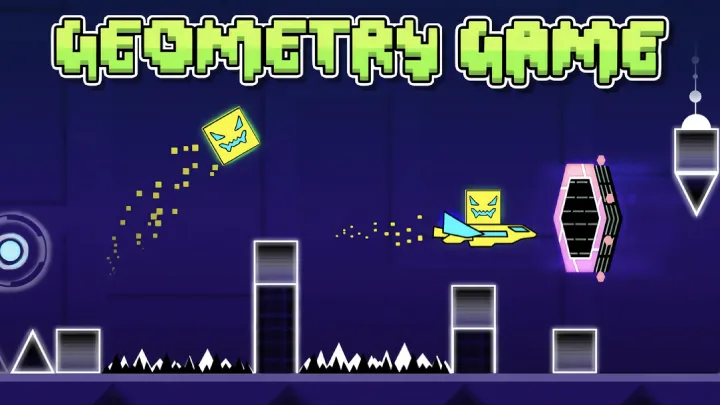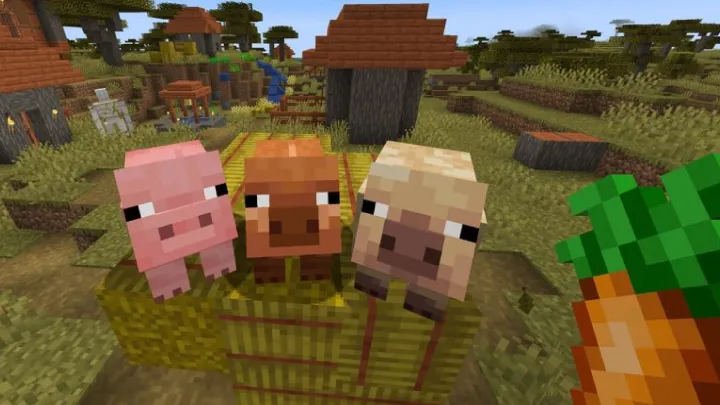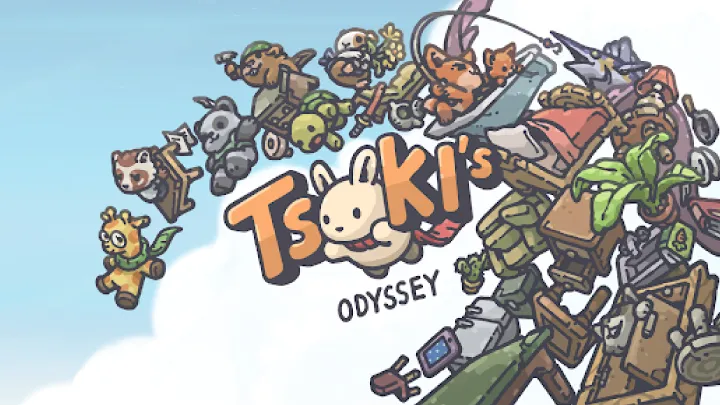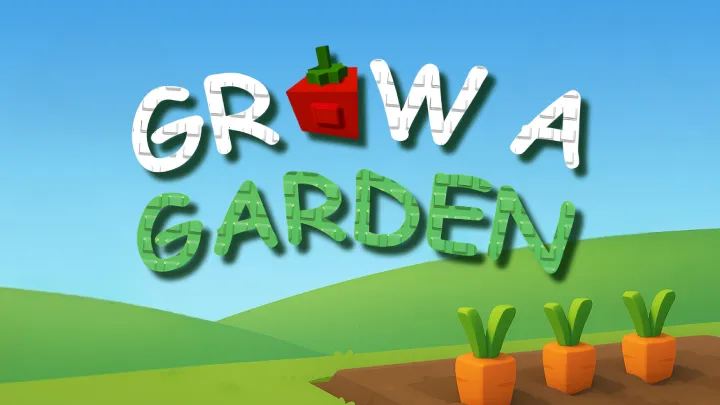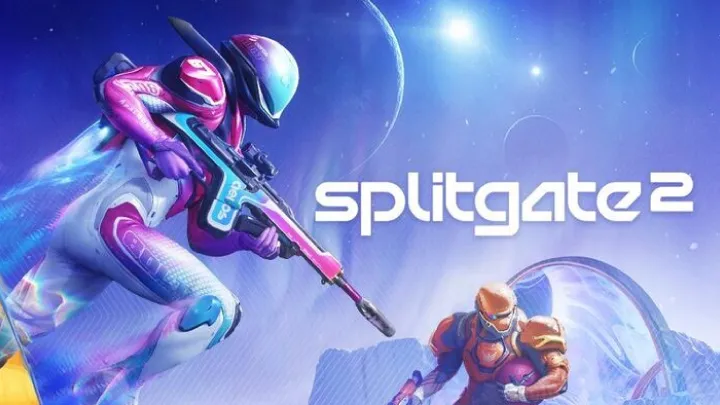The deceptively tranquil world of Roblox: Grow a Garden is not merely a virtual sandbox for casual players; it is a meticulously crafted economic and strategic simulation, a digital proving ground for those who seek horticultural mastery. While a novice may see only soil, seeds, and water, the expert player recognizes a complex system of resource management, market analysis, and genetic manipulation. Success in this domain is not measured by the size of your crops, but by the efficiency of your operation, the rarity of your yields, and the architectural brilliance of your garden layout. This comprehensive guide, penned from the perspective of a seasoned horticulturist-turned-digital-strategist, will dismantle the common misconceptions and provide a professional framework for transforming your patch of dirt into a thriving, profitable empire. We will move beyond the basic mechanics of planting and watering to explore the advanced principles of cross-pollination, economic optimization, and the meticulous art of passive income generation. This is not a tutorial; it is a blueprint for victory.
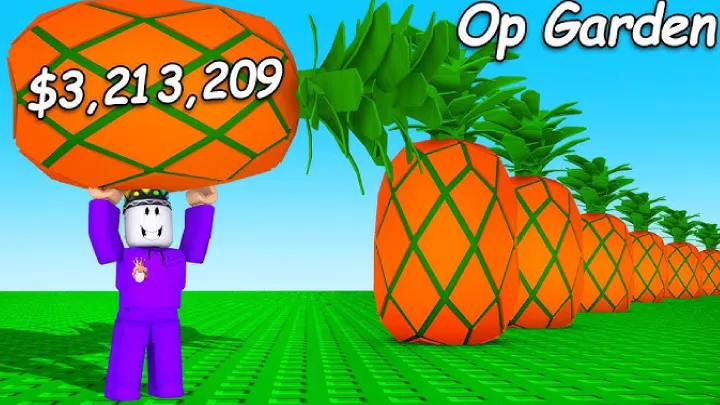
The Core Philosophy: The Mindset of the Master Gardener
A true master of Grow a Garden operates not as a casual hobbyist, but as a CEO of their own botanical corporation. Every action is a calculated investment, and every choice is a strategic decision with long-term implications.
The first principle is to prioritize efficiency over aesthetics. While a beautiful garden is a rewarding sight, an expert understands that beauty is secondary to function. Your goal is to maximize yield per unit of time and space. This means planning your layout, automating where possible, and minimizing redundant movements. Your most valuable assets are not your rare plants, but the precious seconds you save with a well-designed workflow.
Secondly, you must embrace delayed gratification. The most profitable ventures in the game are often the ones that require significant upfront investment and patience. An amateur player sells every common tomato they harvest to buy the next-tier seed. An expert player stockpiles their earnings, meticulously saving for a high-cost, high-return asset like an automatic sprinkler or a fertilizer station. The journey to wealth is not a sprint; it is a deliberate, methodical climb.
Thirdly, you must understand the invisible systems. The game's code, like the unseen network of roots beneath the soil, dictates every aspect of your success. This includes the probability of a seed mutation, the growth rate of different plants, and the economic value of various crops. A master player is a data analyst, observing patterns, testing hypotheses, and making decisions based on empirical evidence, not on impulse.
Part 1: The Foundational Economics - The Mechanics of Early Game Profit
Your first few hours in the game are a critical period for establishing a stable economic base. This is where you lay the groundwork for all future success.
1. Strategic Initial Planting: Do not plant randomly. Your first seeds should be a high-yield, low-maintenance crop. Common crops like carrots or radishes are excellent for generating initial capital. Plant them in a symmetrical grid to make watering and harvesting as efficient as possible. A 5x5 or 6x6 grid is ideal for a small starting plot.
2. The Power of the Water Can: Your initial watering can is your most crucial tool. To maximize its efficiency, ensure every plant in your grid is a single, uninterrupted path for watering. Walk in a straight line, watering as you go, and then repeat the process. This seems basic, but it prevents wasted time and allows you to return to the Marketplace to sell your crops faster.
3. The Marketplace Loop: The expert player establishes a rapid, repeatable cycle:
- Plant: Plant your initial crops in an optimized grid.
- Water: Methodically water your crops in a single pass.
- Wait & Harvest: Wait for the crops to grow and harvest them all at once.
- Sell: Immediately go to the Marketplace. Do not get distracted by other players' gardens. Sell your entire yield and then immediately return to your garden to repeat the process. This rapid loop is how you accumulate the initial funds needed for your first significant upgrades.
Part 2: The Art of Upgrading - The Path to Automation
Once you have a solid income stream from your basic crops, it is time to invest in efficiency. This is where the game's true strategic depth is revealed.
1. The Priority Upgrade List: Your investment strategy should be logical and sequential.
- The Shovel: Your first major purchase should be a better shovel. A steel shovel, for example, allows you to dig a larger area more quickly, saving you invaluable time when expanding your garden.
- The Advanced Water Can: This is your second most important purchase. A better watering can holds more water and waters a wider area, drastically reducing the time spent on a single task. This is the first step toward reducing your manual labor.
- The Seed Planter: While a tempting purchase, an expert player typically delays this. It is a convenience tool, not an efficiency tool. It is only worth it after you have automated your watering.
2. The Strategic Investment in Automation: The ultimate goal is to remove yourself from the tedious, repetitive tasks. This is the path to passive income.
- Sprinklers: The single most important automation tool. Place sprinklers strategically to cover the maximum number of plots. A well-placed sprinkler system can water your entire garden automatically, freeing you to focus on other tasks like genetic research or market analysis.
- Harvester Bots: These are a late-game investment, but they are essential for total automation. Once you have sprinklers, a Harvester Bot can harvest your crops automatically, turning your garden into a hands-off, money-making machine.
Part 3: Genetic Engineering - The Science of Rare Plants
The true genius of Grow a Garden lies in its hidden system of cross-pollination. This is the expert's playground, where luck and science combine to create incredible value.
1. The Fundamentals of Cross-Pollination: To cross-pollinate, you must plant two different types of plants next to each other. When they are ready to be harvested, there is a chance that they will produce a new, hybridized seed. This new seed can be a rare or even legendary variant.
2. The Expert's Strategy for Hybridization: Do not plant randomly. To increase your chances of a rare hybrid, you must:
- Isolate Your Experiments: Dedicate a specific, isolated area of your garden to your hybridization attempts. This prevents accidental cross-pollination with your main cash crops.
- Mass Produce: To improve your odds, plant a large, dedicated grid of your two target plants. For example, a 10x10 grid of carrots and tomatoes, alternating each plant, gives you a high volume of opportunities for a rare hybrid seed to drop.
- Analyze the Results: An expert player keeps meticulous records. If a certain combination of plants consistently yields a valuable new seed, they will double down on that strategy. If it fails, they will switch to a new combination. This is a scientific, data-driven process.
3. The Value of Rare Plants: Rare plants are not just for show; they are the ultimate source of wealth. A single legendary seed can sell for more than a hundred of your common crops. The expert player knows to keep these seeds, plant them in a protected, highly-monitored area of their garden, and nurture them to full maturity. The payoff is immense.
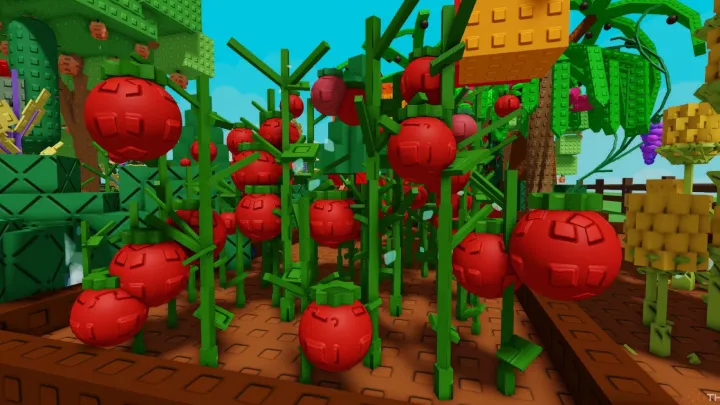
Part 4: The Social Garden - Trading and Community
While your focus should be on your own operation, the social aspect of the game can be a powerful tool for acceleration.
1. The Art of the Deal: The expert player is an astute trader. They understand that a rare seed they don't need might be exactly what another player is looking for. They also understand how to spot a good deal. For example, trading a rare-but-low-profit plant for a large quantity of a high-yield fertilizer can be a brilliant strategic move.
2. The Power of Collaboration: Do not underestimate the power of playing with friends. A small team of two or three can be far more efficient than a single player. You can specialize your roles—one person focuses on watering and harvesting, another on marketing and sales, and a third on genetic experiments. A coordinated, team-based approach can lead to a level of efficiency that is impossible to achieve alone.
Part 5: Troubleshooting and Advanced Tactics
The road to mastery is not without its challenges. Here are a few final, expert-level tips for navigating the complexities of the game.
1. Managing Your Land: Do not expand your land plot too quickly. Each new plot comes with a cost. An expert player only expands when their current plot is a well-oiled machine, already producing maximum output. Expanding prematurely will only drain your resources and increase your manual workload.
2. The Importance of a Clean Inventory: A cluttered inventory is a cluttered mind. An expert player sells off all unnecessary crops and items after each cycle. This keeps their inventory clean and their focus sharp. They only keep what is absolutely essential for their next planned strategic move.
3. The Endgame: Total Automation: The pinnacle of mastery in Grow a Garden is achieving a state of total automation. This is the point where you have sprinklers covering your entire plot, Harvester Bots working tirelessly, and perhaps even a system of conveyor belts moving your crops to the Marketplace. At this point, your role shifts from a laborer to a manager, and your primary task is to monitor your profits and reinvest in more land and more specialized automation.
In conclusion, the path to becoming a master of Roblox: Grow a Garden is a journey of strategic thinking, meticulous planning, and a deep understanding of the game's hidden systems. By embracing the mindset of the master gardener, you can transform your simple plot into a highly efficient and profitable empire. Your victory will not be a matter of luck, but a direct result of your superior planning and execution. The soil is fertile, the seeds are ready, and your destiny awaits.









